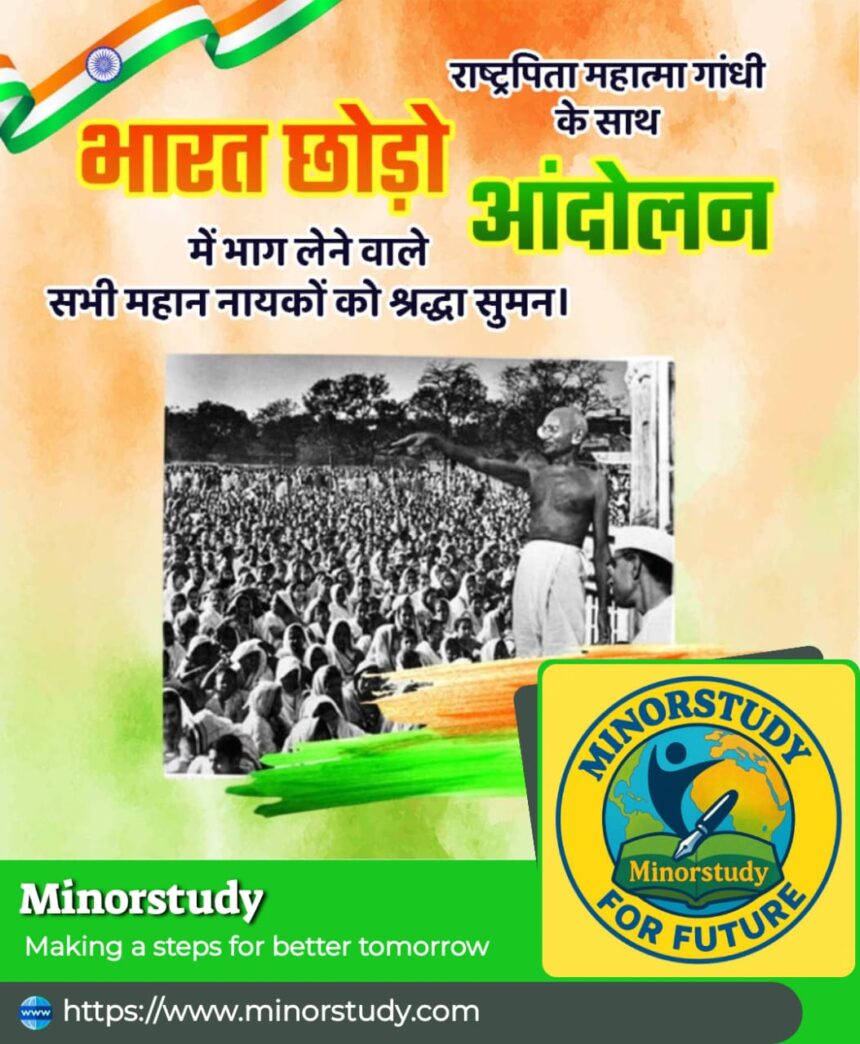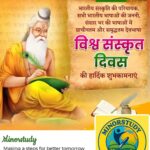Tribute to All the Great Leaders of the Quit India Movement
The Quit India Movement stands as one of the most powerful and emotionally charged chapters in India’s freedom struggle. Launched by Mahatma Gandhi on 8th August 1942, it wasn’t just a political resolution — it was a roar of determination from millions of Indians demanding British Quit India. Today, as we remember this historical uprising, we pay tribute to the courageous leaders who risked everything to give us the independence we cherish.
History of the Quit India Movement
The Quit India Movement (also known as the Bharat Chhodo Andolan) was initiated by the Indian National Congress during World War II. The background was tense — Britain was deeply engaged in war, but India was still under its colonial rule, exploited for resources and manpower without consent.
Date of launch: 8 August 1942
Place: Gowalia Tank Maidan, Mumbai (now August Kranti Maidan)
Leader: Mahatma Gandhi
Slogan: “Do or Die”
Gandhi’s call was clear — there was no looking back. Indians were urged to fight peacefully but relentlessly, through non-violent civil disobedience, until the British left.
Major Leaders Who Played a Key Role
While Mahatma Gandhi was the face of the movement, many leaders across the country mobilized the masses, often working underground after being arrested in the initial days. Here are 10 inspiring leaders who deserve special mention:
Mahatma Gandhi – Father of the Nation, who gave the call “Do or Die” and led the moral foundation of the movement.
Jawaharlal Nehru – Advocated unity and inspired youth to join despite British repression.
Sardar Vallabhbhai Patel – Mobilized people across provinces and kept the spirit alive during imprisonments.
Maulana Abul Kalam Azad – Worked tirelessly to keep the Muslim community engaged in the nationalist cause.
Sarojini Naidu – Led processions, gave speeches, and inspired women to take active participation.
Dr. Rajendra Prasad – His leadership in Bihar strengthened the movement in rural areas.
Aruna Asaf Ali – Hoisted the Congress flag at Gowalia Tank Maidan, becoming a symbol of resistance.
Jayaprakash Narayan – Went underground to organize secret revolutionary activities against British rule.
Ram Manohar Lohia – Spearheaded underground movements and youth mobilization.
Kasturba Gandhi – Actively participated in protests and was imprisoned, where she later passed away in 1944.
Key Facts About the Quit India Movement
Immediate arrests: Almost all senior leaders of the Indian National Congress were arrested within 24 hours of the launch.
Mass protests: Despite leadership vacuum, students, peasants, and workers took charge.
Violent reactions: Although intended as a non-violent protest, police repression and mass anger sometimes led to clashes.
International impact: The movement caught global attention, putting moral pressure on Britain.
Outcome: Although it didn’t immediately end British rule, it became a decisive step towards independence in 1947.
Timeline
March 1942 – Cripps Mission arrives in India offering limited dominion status after the war; rejected by Congress.
8 August 1942 – Quit India resolution passed at Bombay Session of Congress.
9 August 1942 – Top leaders arrested overnight.
1942-1944 – Underground resistance, sabotage of communication lines, strikes, and protests.
1944 – Gandhi released from prison due to ill health.
1945-1946 – Weakened British government post-WWII begins negotiations, leading to independence in 1947.
Significance
The Quit India Movement was more than just a political demand — it was a psychological turning point.
National Unity – For the first time, people from every region, religion, and background stood together with one voice.
Inspiration to youth – Students played a massive role, keeping the movement alive when leaders were in jail.
Moral victory – It shattered the myth of British invincibility.
Catalyst for Independence – Made it clear to the British that their rule was unsustainable.
How It Is Remembered / Observed
Today, 8th August is observed as August Kranti Day in India.
Tributes are paid to freedom fighters in schools and institutions.
Speeches, essay competitions, and cultural programs highlight the bravery of the leaders.
Wreaths are laid at August Kranti Maidan in Mumbai.
Documentaries and plays retell the events for new generations.
Wishes and Tribute Messages
If you wish to share your respect on this day, here are some human-friendly wishes:
“Salute to the brave souls who gave us freedom through their sacrifice during the Quit India Movement.”
“On this August Kranti Day, may we carry forward the courage and unity of our freedom fighters.”
“Let us remember that independence was earned with the sweat and sacrifice of countless unsung heroes.”
FAQs
Q1. Who started the Quit India Movement?
Mahatma Gandhi launched it at the Bombay Session of the All India Congress Committee on 8 August 1942.
Q2. What was the main slogan?
“Do or Die” — urging Indians to fight until the British left India.
Q3. Was the movement successful?
Not immediately in ending British rule, but it marked a decisive step toward independence in 1947.
Q4. Why is Aruna Asaf Ali remembered?
She hoisted the Congress flag at Gowalia Tank Maidan, defying police orders, and became an icon of resistance.
Q5. How is August Kranti Day celebrated today?
Through tributes, cultural programs, speeches, and educational activities in memory of the freedom fighters.
Importance in Our Life
The Quit India Movement teaches us that unity and determination can overcome even the most powerful oppressors. In personal life, it reminds us to stand firm for justice, truth, and equality, no matter the obstacles.
Impact on Daily Life
Sense of Patriotism – It strengthens our emotional connection to our nation.
Inspiration for Struggles – Whether in social justice, environmental protection, or personal challenges, the spirit of “Do or Die” motivates perseverance.
Social Unity – Encourages harmony across communities.
Conclusion
The Quit India Movement was not just a protest — it was a people’s revolution. The leaders we honor today — from Gandhi and Nehru to Aruna Asaf Ali and Jayaprakash Narayan — showed that the will of a united people can change the course of history.
As we pay tribute to these great leaders, let’s not see this as only a historical chapter, but as a living lesson — to be courageous, to fight for justice, and to stand together when our values are at stake.








